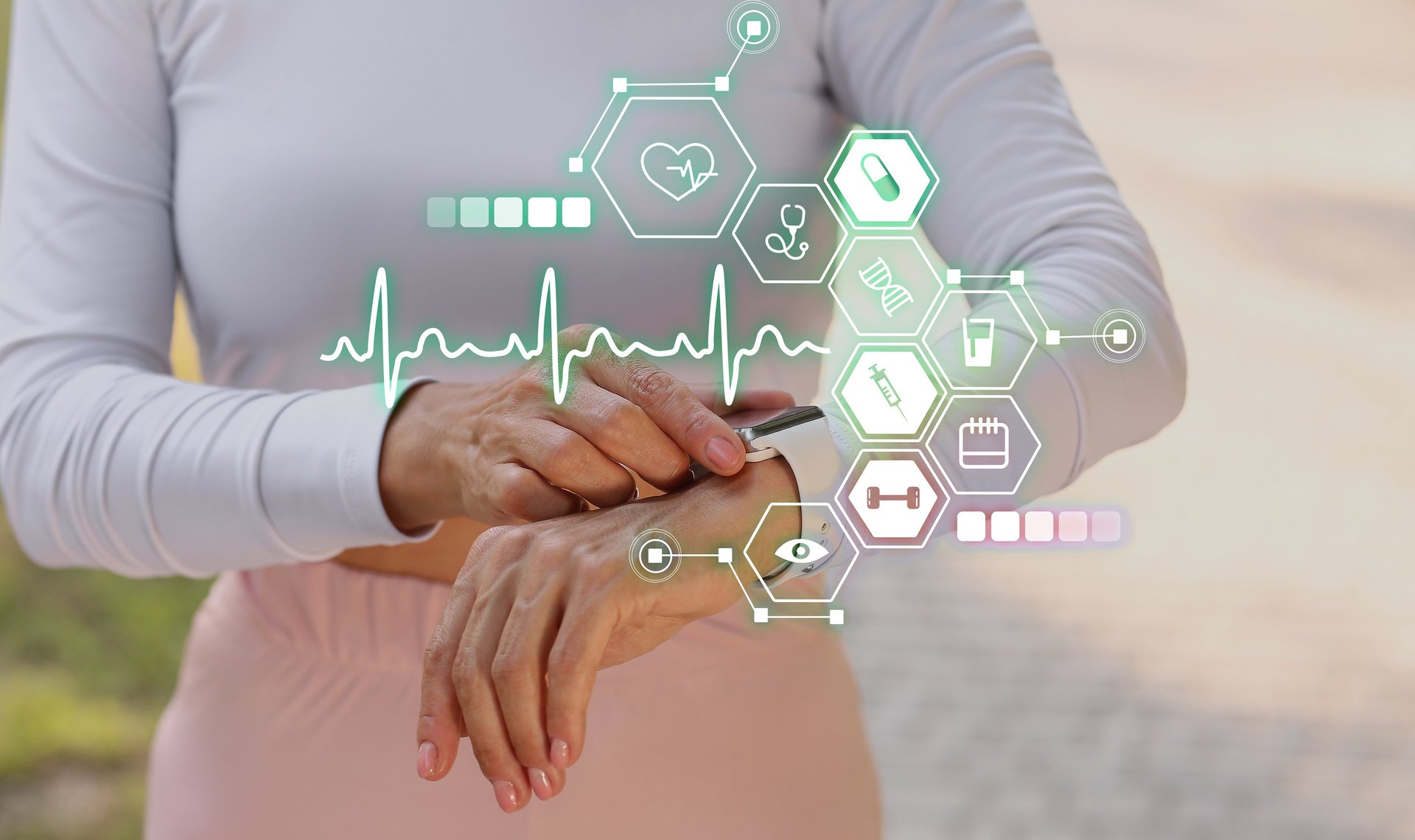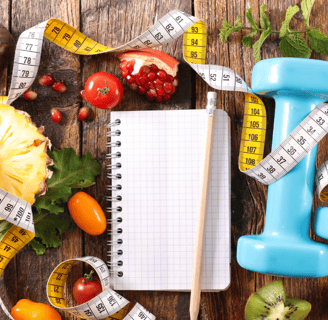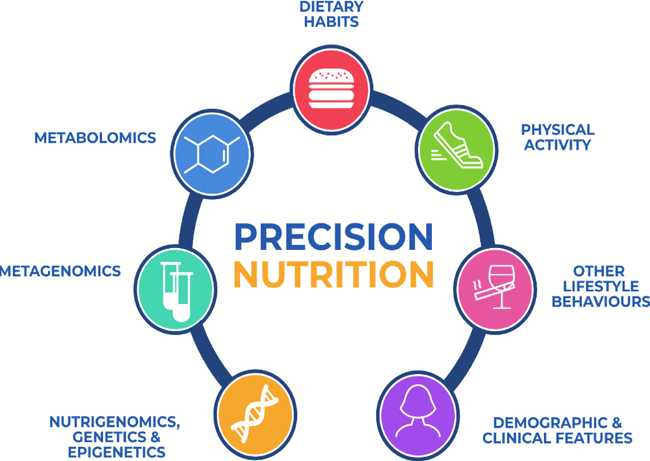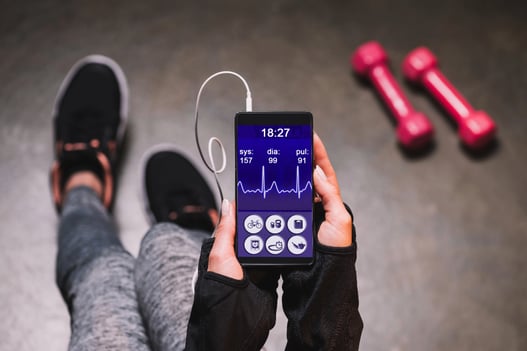
From Data to Diet: The AI Transformation
Understanding Precision Nutrition through AI/ML: Insights from a PhD Student building predictive models for pediatric obesity.
Yashaswini Rajendra Bhat
10/25/20234 min read
"You are what you eat." It's a saying we've all heard. But here's the thing: we're all unique. Each of us has a distinct genetic blueprint, varied lifestyles, different habits, and our environments all play a role in our health. So, while generic diet advice might work for some, it's not a one-size-fits-all situation.
Generic dietary guidelines give us a broad idea of healthy eating. But, each person’s risk of nutrition-based illnesses, like obesity or certain cancers, can vary based on individual factors. This means that a diet which works wonders for one individual might not be as effective for another.
Traditional Diet Plans Fall Short


Precision Nutrition: The Comprehensive Approach
Precision Nutrition is an umbrella term that encompasses a vast spectrum of methodologies to decode our individual dietary needs. It's about diving deep and gathering exhaustive details: from our gut microbiome, a plethora of 'omics' data, to our unique dietary patterns, eating behaviors, and even the influences of our surrounding environments – both built and natural. This approach also takes into account our family histories, which often play a crucial role in shaping our nutritional susceptibilities.


Key Components Driving Precision Nutrition: An Integrative Overview (1)
However, gathering such an immense amount of data is just one part of the equation. Analyzing it, finding patterns, and translating it into actionable advice is another colossal task. This is where the capabilities of Machine Learning (ML) and Artificial Intelligence (AI) shine.
Harnessing AI/ML in Precision Nutrition
While Precision Nutrition lays the groundwork with its rich observational data, AI/ML is a vital component that amplifies its potential. These technologies can sift through the vast datasets, identifying intricate patterns and correlations. They help in building predictive models that not only forecast future health outcomes but also fine-tune recommendations to an individual's unique needs. In essence, ML/AI doesn't just belong to the world of Precision Nutrition; it powers and propels it forward, turning comprehensive data into truly personalized dietary advice.
Current State of Precision Nutrition and AI
Precision Nutrition and ML/AI are starting to work together. These new tools might help us pick better diets. But we're still learning how much they can really do. Right now, many models use data from just a few places, and getting more data isn't easy or cheap.
To make the most of this tech in food and health, experts need to work together. It's not just about making new models; they also need to be tested in places like hospitals to make sure they work. Also, it's important to know how these models work and to compare them.
Concluding Thoughts
Precision Nutrition and ML/AI are joining forces, ushering in an era of customized dietary recommendations tailored to individual profiles. However, the journey isn't without challenges. Expanding our data sources, fostering collaboration across fields, and ensuring models are transparent and ethical are crucial steps forward. But it's equally important to remember that this tech evolution is designed to work alongside, not replace, the deep knowledge of health experts. As we tap into the power of AI to refine Precision Nutrition, our goal remains steadfast: guiding individuals towards the healthiest choices, backed by both cutting-edge technology and trusted human expertise.


However, it's essential to tread carefully. First and foremost, advice from these models should be firmly rooted in science. Even with their abundant data, they aren't always perfect and can sometimes make mistakes. As we lean more on digital tools, it's increasingly important to keep our personal data safe. Moreover, these models need consistent checks and feedback systems in place. This ensures they stay accurate and don't become outdated or "drift" with time.
Ultimately, while these technological tools provide valuable insights, they haven't replaced the expertise of health professionals—at least not yet. For now, they can serve as an aid, enhancing our understanding of food and health, while also streamlining the efforts of experts, making the process more efficient and cost-effective.
Sources
Image source (1) : Livingstone KM, Ramos-Lopez O, Pérusse L, Kato H, Ordovas JM, Martínez JA. Precision nutrition: A review of current approaches and future endeavors. Trends Food Sci Technol;128:253–64. Available from: https://www.sciencedirect.com/science/article/pii/S0924224422003673
Image source: Adobe Stock Images
Further Reading Recommendations
AI in the Advancement of Precision Nutrition, Mary Mc Keown, Oct 20, 2023; https://aibusiness.com/ml/AI-in-the-advancement-precision-nutrition
Nutrition for Precision Health, powered by the All of Us Research Program (NIH); https://commonfund.nih.gov/nutritionforprecisionhealth
Livingstone KM, Ramos-Lopez O, Pérusse L, Kato H, Ordovas JM, Martínez JA. Precision nutrition: A review of current approaches and future endeavors. Trends Food Sci Technol;128:253–64. Available from: https://www.sciencedirect.com/science/article/pii/S0924224422003673